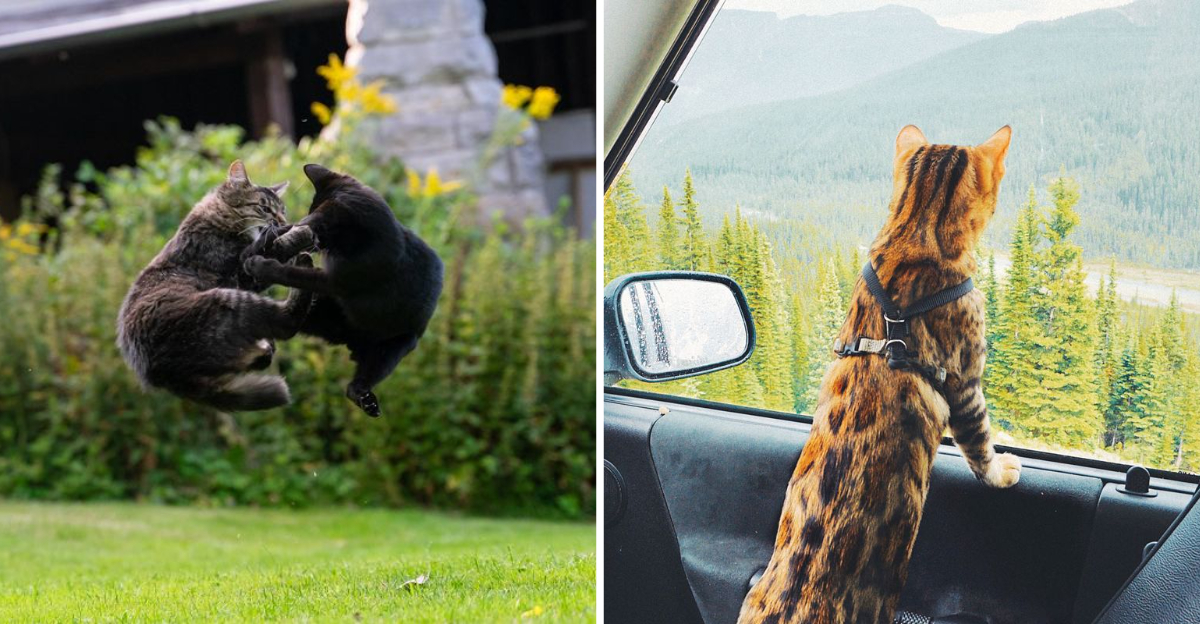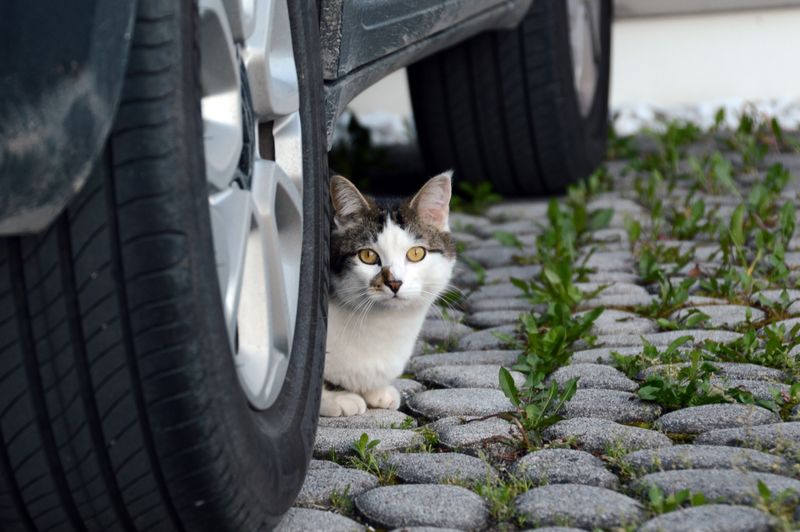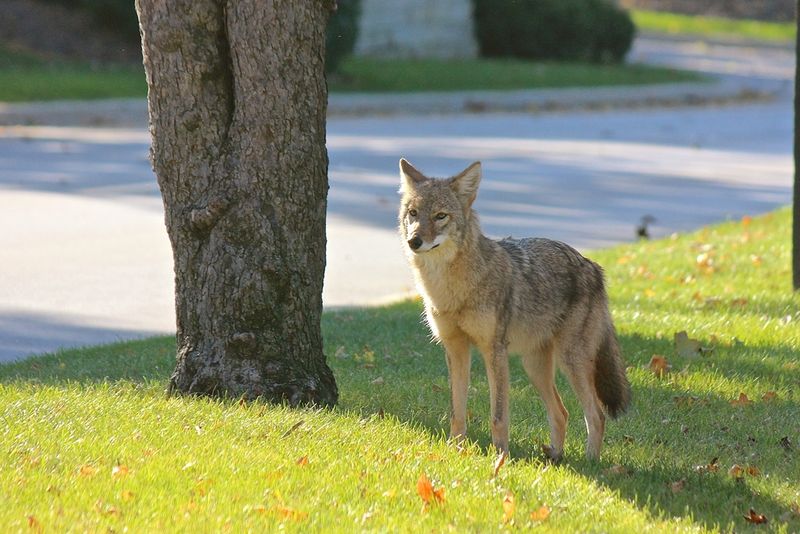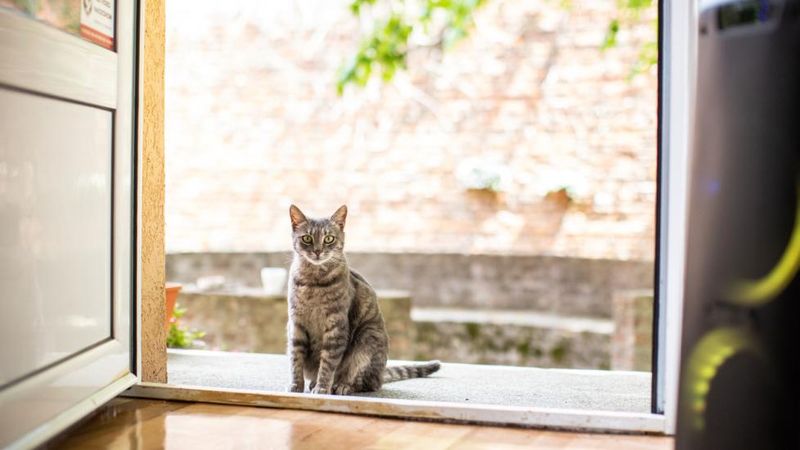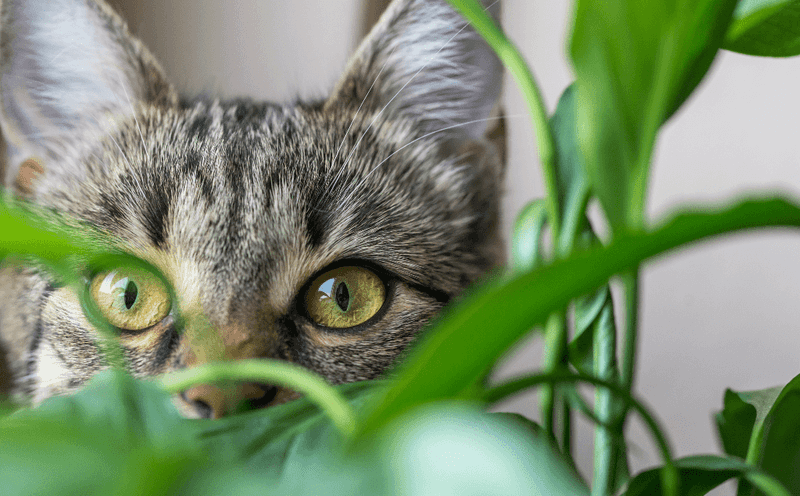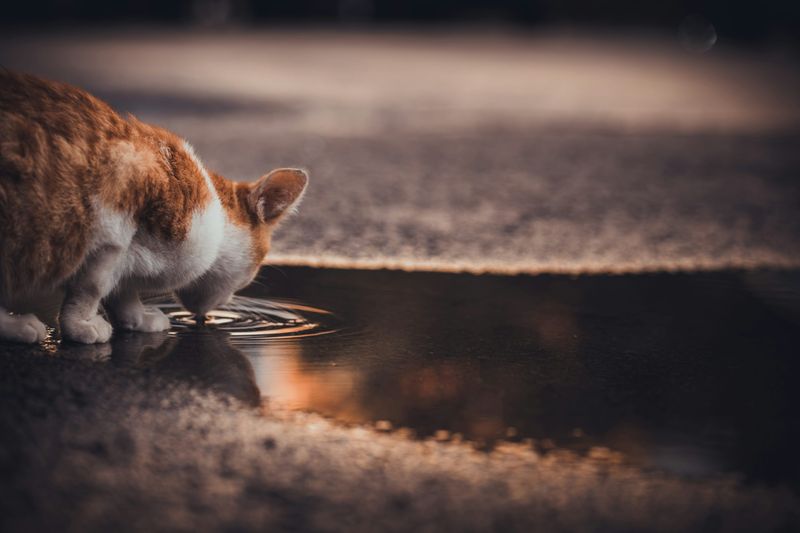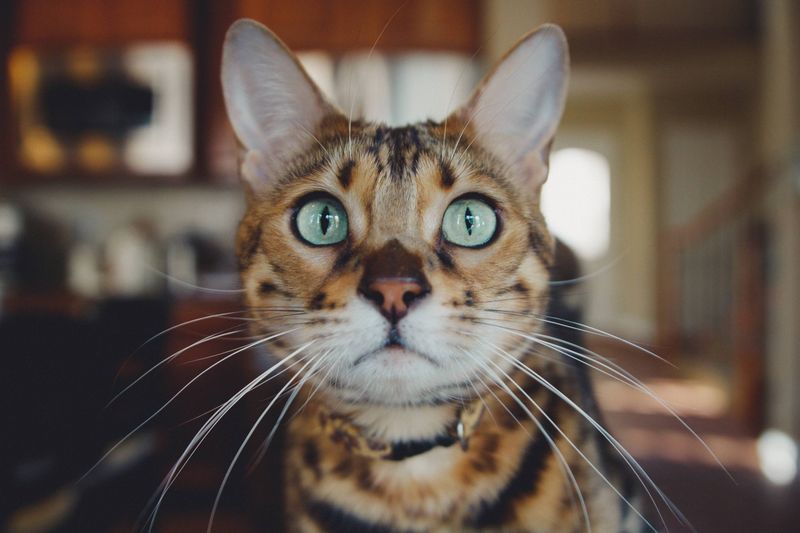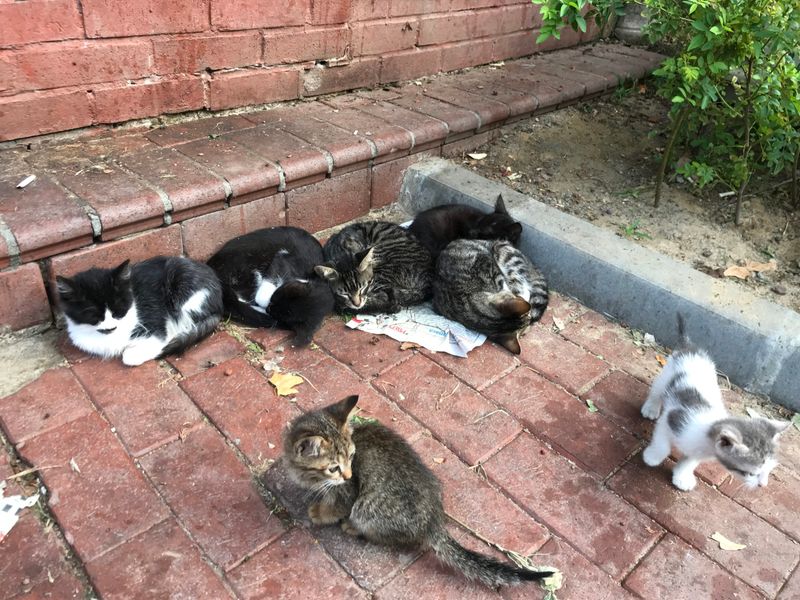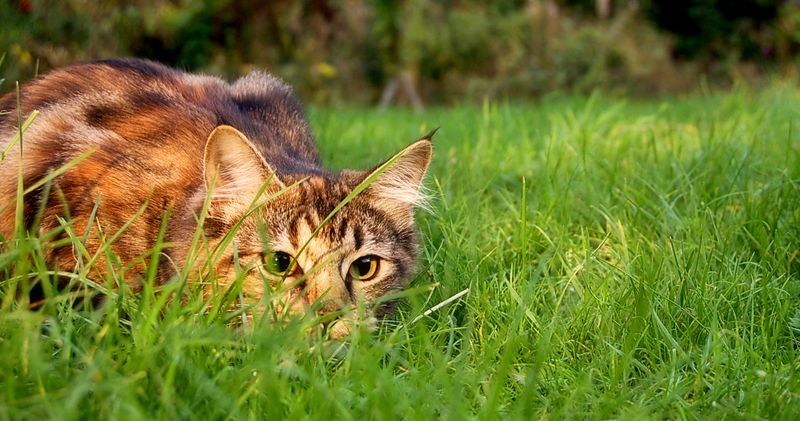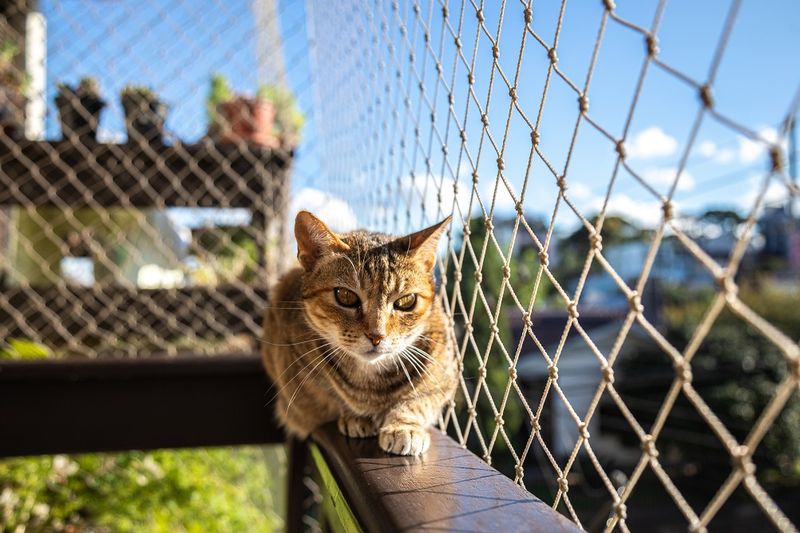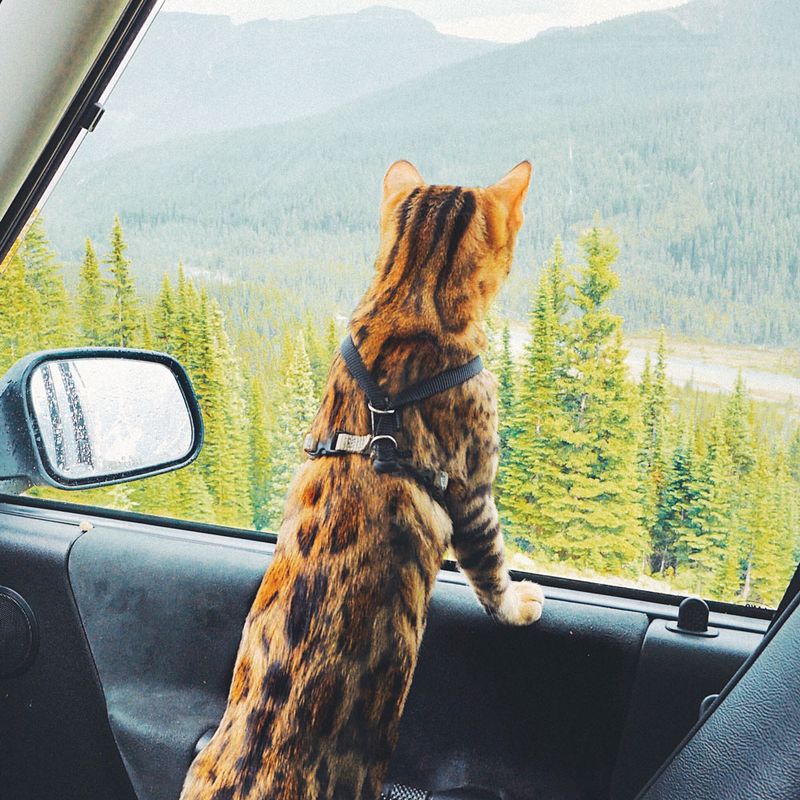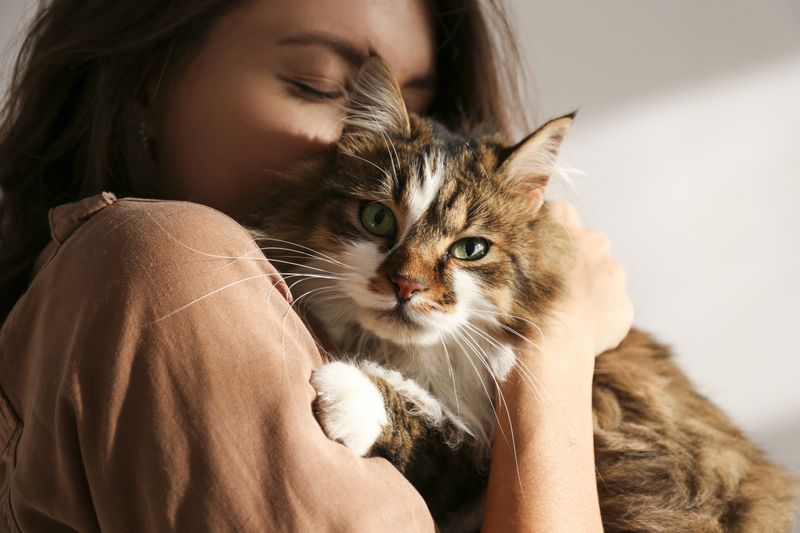📖 Table of Content:
Many cat owners are deeply concerned about the potential dangers that outdoor environments pose to their beloved pets. These concerns vary widely, ranging from traffic accidents to health issues, and reflect the love and responsibility owners feel towards their feline friends. Understanding these reasons not only highlights the challenges of outdoor life for cats but also the deep bond shared between pets and their owners. Here, we delve into 15 specific reasons why letting cats roam freely may be a cause for anxiety among many.
1. Traffic Accidents
The hustle and bustle of busy streets can be a nightmare for cat owners. With vehicles rushing by, the risk of traffic accidents is high for outdoor cats. These curious creatures often wander onto roads, unaware of the danger they face. The thought of a beloved pet being injured or worse is enough to keep many owners awake at night. Avoiding such nightmarish scenarios is a top priority, leading many to keep their cats indoors. Cities and suburbs alike present these hazards, making traffic a universal concern.
2. Predators
For many, the wild is a place of beauty and danger. Predators such as coyotes, foxes, and even large birds of prey pose significant threats to outdoor cats. These predators see cats as potential meals, leading to perilous encounters. Owners fear these possibilities every time their cat steps outside. The instinct to hunt and protect territory can lead cats into risky situations. Such anxieties are compounded in rural areas where wildlife is abundant. The safety of indoor life becomes much more appealing as a result.
3. Disease Exposure
Cats exploring the great outdoors risk exposure to diseases. From parasites to viral infections, the outdoor environment can be unforgiving. Owners dread the idea of their cats contracting illnesses like feline leukemia or feline immunodeficiency virus. Regular vet check-ups and vaccinations are vital, but they don’t eliminate this risk. The outdoor world, with its unseen germs, can be a daunting place. Ensuring a healthy life for their pets often means restricting their outdoor adventures, much to the relief of worried owners.
4. Getting Lost
Cats are naturally curious, sometimes venturing too far from home. This adventurous spirit can lead them into unfamiliar territories where they might get lost. The fear of never seeing their furry friend again is a nightmare for many owners. Microchipping helps, but it doesn’t guarantee a safe return. The anxiety of a missing pet can be overwhelming, leading many to keep their cats indoors. Familiar surroundings provide comfort, reducing the risk of them wandering too far.
5. Poisonous Plants
The garden may seem like a haven, but it hides dangers for cats. Curious felines might nibble on plants like lilies or azaleas, not knowing they’re toxic. This innocent exploration can lead to serious health issues or even death. Owners must vigilantly monitor their pets’ surroundings, both indoors and out. The fear of poisoning is a compelling reason to keep cats inside, away from harmful flora. Gardens should be a sanctuary, not a threat, and indoor life ensures safety from these hidden dangers.
6. Contaminated Water
Water sources outside aren’t always safe for cats. Puddles and ponds might appear inviting but could be contaminated with chemicals or bacteria. Cats drinking from these sources risk illness, sparking worry in attentive owners. Ensuring clean, fresh water is a constant task for pet caregivers. Indoor life offers control over what a cat consumes. This vigilance keeps worries at bay, avoiding trips to the vet due to ingesting something harmful. Safe hydration is another reason many prefer to keep their feline friends indoors.
7. Fights with Other Animals
Territorial disputes are common among animals, and cats are no exception. Fights with other cats or dogs can lead to injuries, infections, and stress. Owners cringe at the thought of their pets getting hurt in such encounters. The risk of bites and scratches is ever-present outdoors. Keeping cats inside reduces the likelihood of these conflicts, ensuring a peaceful, stress-free life. The idea of their beloved pet being involved in a brawl is a strong deterrent for letting them roam freely.
8. Theft
The fear of pet theft is very real for cat owners. Cats are often viewed as easy targets for thieves, who may seek to sell them or keep them. This threat looms large, especially for purebred or exotic-looking cats. The emotional distress of losing a pet in this way is profound. Owners often worry whenever their cat is out of sight. Keeping cats indoors significantly diminishes the risk of theft, providing peace of mind. The security of home becomes a stronghold against such unsettling possibilities.
9. Weather Extremes
Weather can be unpredictable and harsh. Cats exposed to extreme conditions like rain, snow, or heatwaves face health risks. Owners fret over the wellbeing of their pets during adverse weather. Providing a warm, dry, and safe environment indoors eases these concerns. The thought of a cat suffering in the cold or heat is distressing. Indoor life ensures constant protection from the elements, offering comfort and safety year-round. This constant safeguarding is a primary reason many owners restrict outdoor access.
10. Overpopulation
The issue of overpopulation among stray cats is pressing. Unneutered outdoor cats contribute to this problem, leading to more strays and feral cats. This situation burdens communities and affects the welfare of animals. Responsible pet ownership means controlling reproduction and minimizing strays. Many owners choose to keep their cats indoors to prevent unintended breeding. This decision reflects a broader concern for the animal population and community wellbeing. By ensuring their cat doesn’t add to the problem, owners contribute to a more humane environment.
11. Noise Pollution
Noise pollution is an overlooked stressor for outdoor cats. The cacophony of city life, from construction to traffic, can be distressing. Sensitive ears suffer, causing anxiety and stress. Owners know their pets’ needs for calm and quiet, opting for indoor solace. This controlled environment shields them from the relentless noise of urban life. The peace of home becomes a haven, ensuring mental wellbeing for these sensitive creatures. Indoor living offers respite from such an auditory assault, making it a preferred choice for many.
12. Hunting Instincts
Cats are natural hunters, and their instincts can lead to troublesome behavior outdoors. They might catch birds or small mammals, affecting local wildlife populations. This predatory nature worries ecologically conscious owners. Encouraging hunting can have environmental repercussions. Keeping cats indoors curtails these instincts, promoting a balance between pet ownership and wildlife conservation. The desire to protect both their cat and the environment guides many owners’ decisions. Indoor life aligns with these values, reducing ecological impact.
13. Lack of Control
The unpredictability of the outside world means a lack of control over a cat’s safety. Owners can’t monitor every move or intervene in dangerous situations. This uncertainty causes significant anxiety, as cats are prone to climbing and exploring risky areas. Indoor environments offer a controllable space where dangers are minimized. The assurance of constant supervision brings comfort to worried owners. Controlling the environment is a compelling reason to limit outdoor access, ensuring safety and peace of mind for both cats and their humans.
14. Human Hazards
The world outside is fraught with human-related dangers. From distracted drivers to those ill-intentioned towards animals, the threats are many. Cats navigating these risks face potential harm. Owners worry about accidents involving vehicles and negative human encounters. Keeping their cats indoors offers a shield from such perils. This protective measure is a common practice, ensuring their beloved pets avoid human-inflicted harm. Ensuring safety from these hazards is a driving force behind keeping cats safe within the confines of home.
15. Emotional Attachment
The bond between cats and their owners is profound. This emotional attachment influences many decisions regarding pet care. The fear of losing a beloved feline companion drives owners to protect them at all costs. Keeping cats indoors strengthens this bond, offering constant companionship and reducing worry. The desire to maintain a close relationship and safeguard their wellbeing is paramount. Indoor living provides assurance that their furry friends remain safe, cherished, and near, fostering a lifetime of love and connection.
